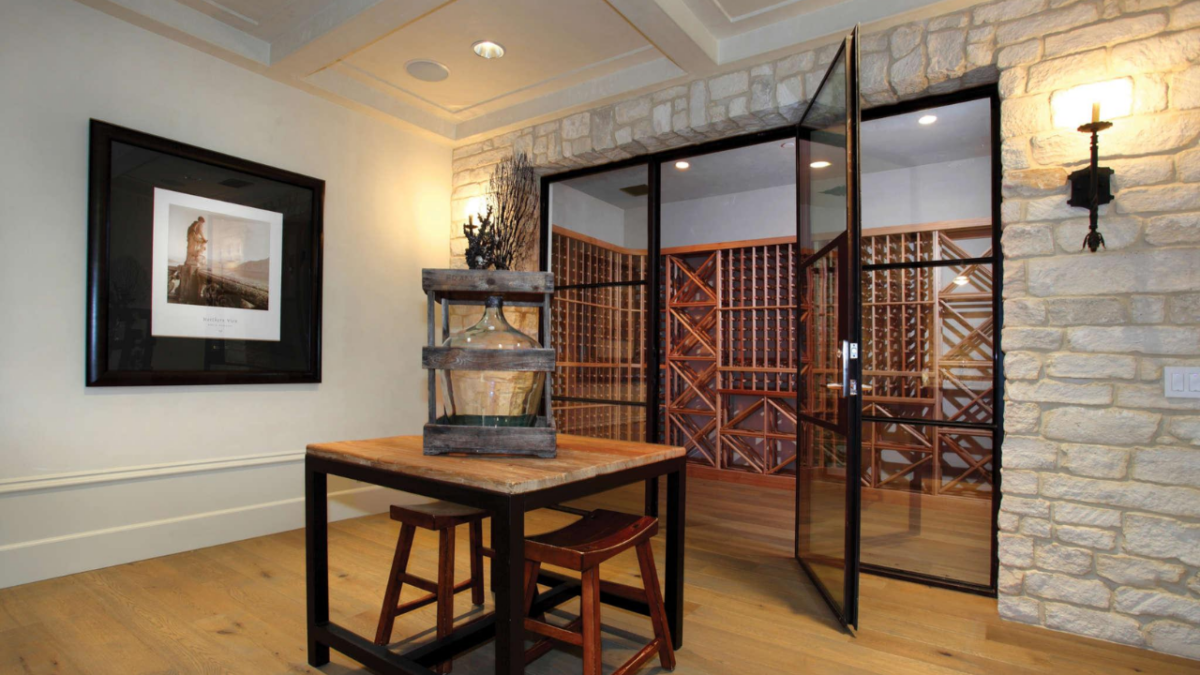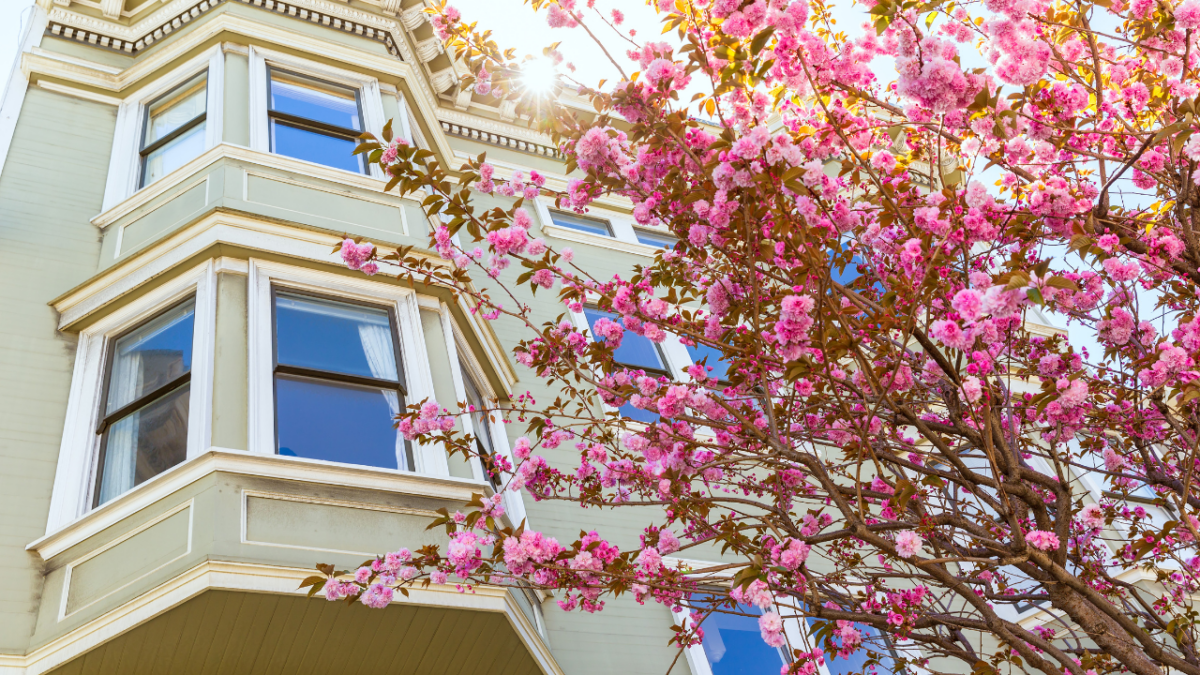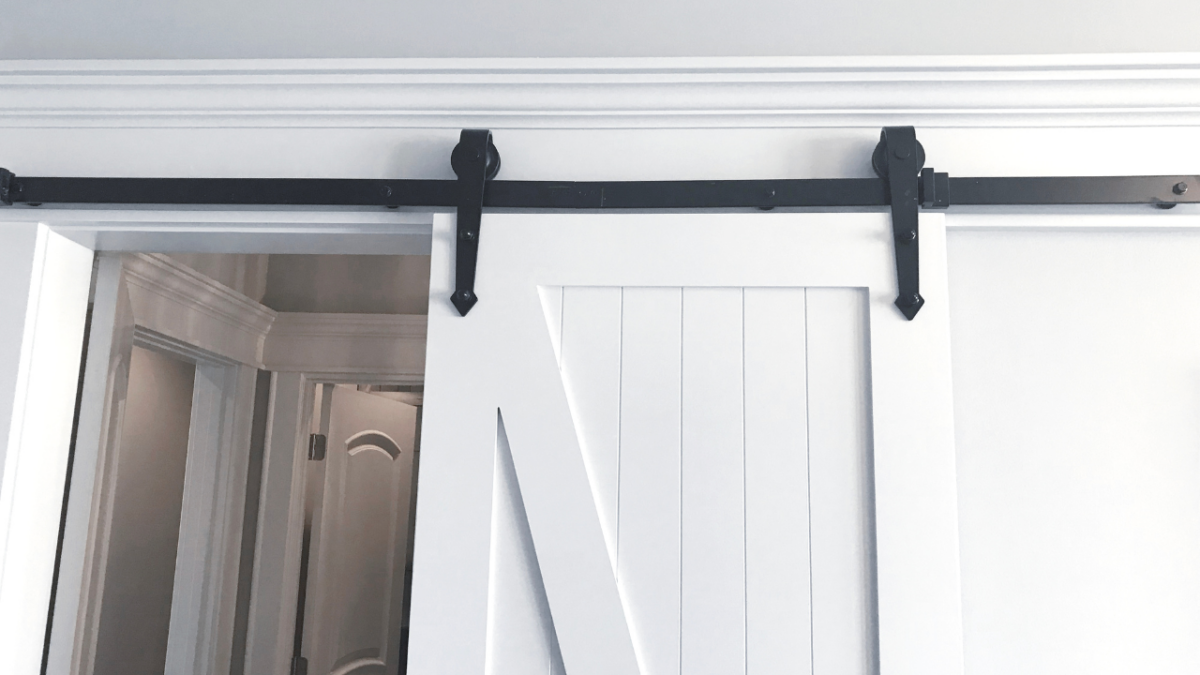Key Takeaways
- Steel doors are a preferred choice for their unmatched strength, security, and durability.
- Custom steel doors enhance architectural style with a wide range of design options.
- Energy-efficient steel doors help reduce energy costs while withstanding extreme weather conditions.
- Minimal maintenance makes steel doors a long-lasting and cost-effective investment.
- Euroline Steel Windows & Doors offers high-quality steel doors with installation services for residential and commercial properties.
A door is more than just an entryway—it’s the first line of defense for your home or business. While traditional wooden doors may offer charm, they often fall short in strength and longevity. This is where steel doors come in.
Combining security, durability, and aesthetic appeal, they provide an excellent choice for property owners looking for both protection and style. Whether for a modern home, a commercial space, or an industrial building, steel security doors offer unmatched benefits that make them a preferred choice across different architectural styles.
Unmatched Strength and Security
One of the primary benefits of steel doors is their superior strength. Made from solid steel or stainless steel, these doors are times stronger than wooden doors or aluminum window alternatives. Their robust construction ensures they can withstand extreme weather conditions, forced entry attempts, and general wear and tear. This makes them an ideal choice for property owners who prioritize safety.
Security is further enhanced by advanced locking mechanisms that come with modern steel doors. These steel security doors often feature reinforced steel frames, making them highly resistant to break-ins. Many exterior steel doors are also fire-rated, adding an extra layer of protection to homes and businesses.
Aesthetic Appeal and Customization Options
Custom steel doors are available in a variety of styles, making them a popular choice for homeowners and architects alike. Whether you prefer a modern aesthetic or a traditional look, steel doors offer a wide range of options. From steel French doors to steel exterior doors, these doors can complement any architectural design.
One of the advantages of steel doors is their narrow sightlines, which provide a sleek and elegant appearance. This is particularly beneficial for modern residential properties where curb appeal is a priority. Steel windows and doors California manufacturers offer specialty doors with custom size options, allowing homeowners to tailor their selections to fit their personal style and architectural styles.
Beautiful steel windows also enhance the aesthetic appeal of a space. Many property owners opt for custom steel windows with bronze windows or stainless steel finishes to create a unique and eye-catching facade. Whether for historic buildings or contemporary homes, steel doors and windows provide the perfect blend of style and security.
Energy Efficiency and Weather Resistance
Modern steel doors are designed to be highly energy efficient. Many steel window manufacturers incorporate argon gas insulation and advanced sealing technologies to minimize energy costs. This results in better Energy Values, making steel doors a sustainable choice for eco-conscious homeowners.
Steel doors are also an excellent choice for properties located in areas prone to harsh weather conditions. Unlike wooden doors, which may warp or crack over time, steel security doors remain intact and functional despite exposure to extreme weather conditions. Hollow metal doors, in particular, offer superior resistance to moisture and temperature fluctuations.
For those looking for energy-efficient solutions, Euroline Steel Windows & Doors provides high-quality steel products designed to reduce energy costs. Their steel profiles and computer-aided design techniques ensure precision manufacturing for maximum durability and performance.
Minimal Maintenance and Longevity
Another key benefit of steel doors is their minimal maintenance requirements. Unlike wooden doors that require frequent refinishing, steel doors only need occasional cleaning to maintain their sleek appearance. This makes them a cost-effective investment for both residential and commercial properties.
Stainless steel doors and steel French doors are particularly resistant to corrosion, ensuring long-term durability. Many exterior doors made from steel come with protective coatings that further enhance their lifespan. This makes them a preferred choice for property owners looking for a long-lasting and hassle-free solution.
A Wide Range of Options for Every Space
Steel doors come in a diverse range of options to suit different needs and preferences. Some popular types of doors include:
- Pivot Doors – These doors create a grand entrance with their unique rotating hinge system. Ideal for modern architectural design.
- Swing Doors – A classic and functional choice for both interior and exterior spaces.
- Bi-fold Doors – Great for creating an open-concept environment by folding neatly to the side.
- French Doors – Timeless and elegant, steel French doors add sophistication to any setting.
- Sliding Doors – Perfect for maximizing space while maintaining a seamless connection between indoor and outdoor areas.
Euroline Steel Windows & Doors offers installation services for all these door types, ensuring a perfect fit for any project. Their steel window manufacturer expertise guarantees high-quality products that align with both security and aesthetic needs.
Perfect for Both Residential and Commercial Use
Steel doors are widely used in both residential properties and commercial properties. Their ability to withstand harsh weather conditions and provide unparalleled security makes them a top choice in the building industry. Many industrial buildings rely on hollow metal doors for their durability and fire-resistant properties.
For homeowners, steel exterior doors offer an excellent balance between security and curb appeal. Steel security doors can be customized to fit modern style or traditional themes, making them a versatile addition to any home. Whether for main entrances, wine cellars, or patio doors, custom steel doors provide superior protection and visual appeal.
Elevate Your Security with Euroline Steel Windows & Doors
Investing in steel doors is one of the smartest decisions a property owner can make. From energy efficiency to security, these doors offer numerous advantages that enhance both residential and commercial spaces. With a wide range of customization options, they cater to different architectural styles and personal tastes.
If you are looking for the best steel windows and doors California has to offer, Euroline Steel Windows & Doors is your go-to provider. Their expertise in steel product manufacturing ensures that you receive durable, stylish, and high-quality doors tailored to your needs. Contact them today at 877-590-2741 to explore their collection of custom steel windows, doors, and installation services.











